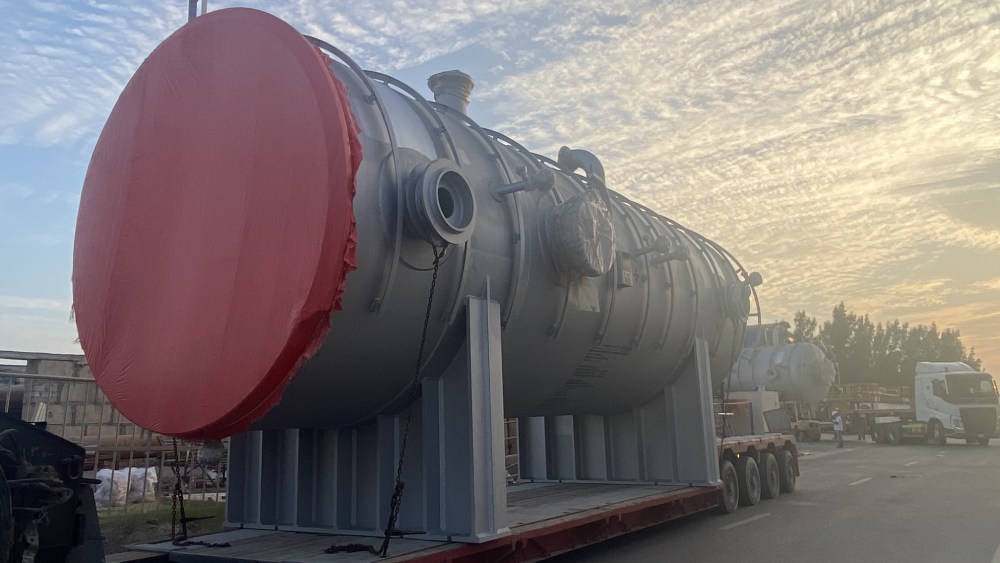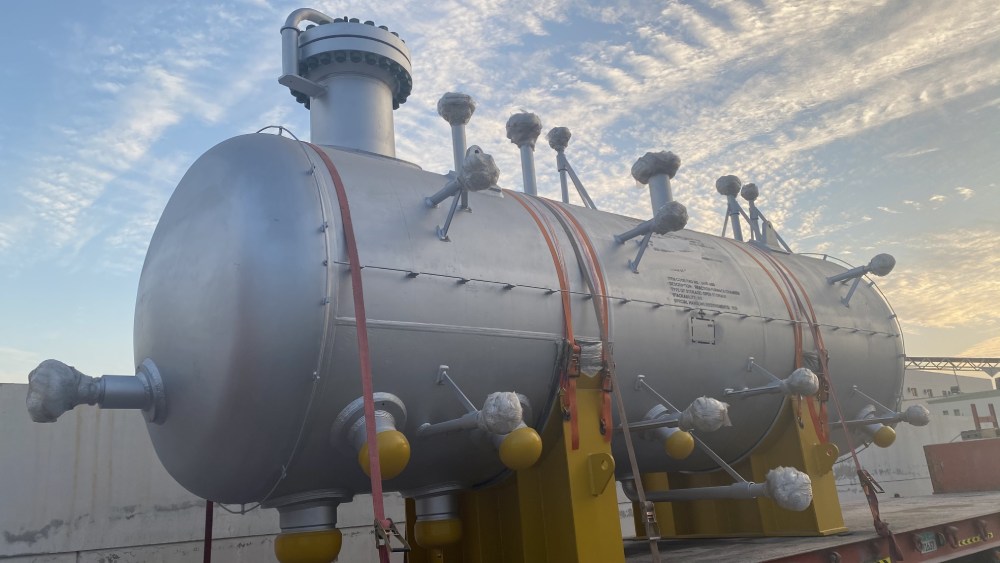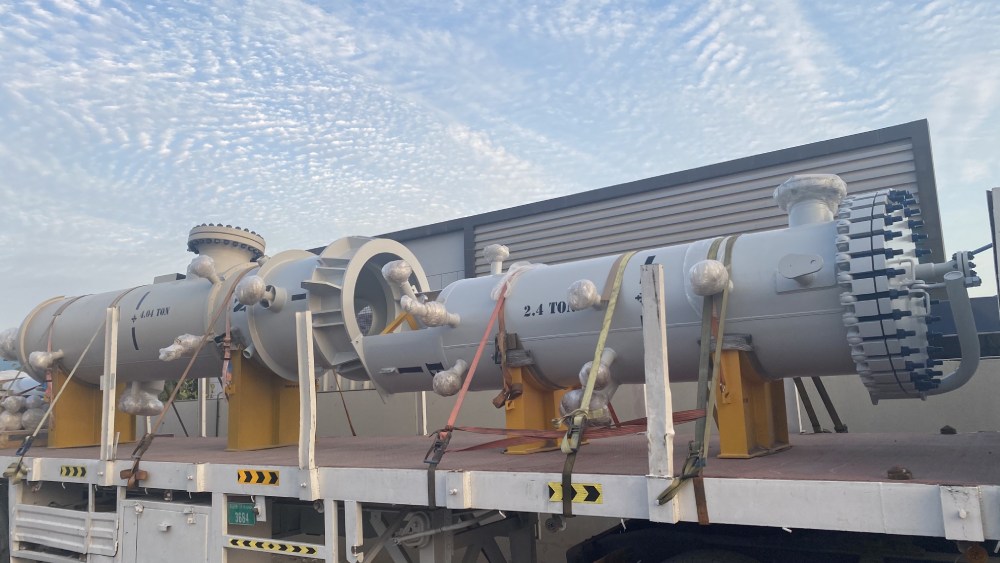
Get A Quote

Pressure Vessels
Designed for
Safety and Compliance
METALFAB is an ASME "U" and NBR “R” Stamp accredited company with ISO 9001:2008 certification, specializing in manufacturing ASME-certified pressure vessels.
METALFAB is one of the leading producers of pressure vessels, offering reliable and high-quality solutions to meet demanding industrial requirements. Our advanced engineering and design capabilities are supported by modern software. We have a team of specialists experienced in developing detailed fabrication drawings for pressure vessel modules based on P&ID (Piping and Instrumentation Diagram). The design of our pressure vessels, including Zilmet pressure vessels, complies with industry standards such as ASME, AD-Merkblätter, and PD 5500. Moreover, we also keep an extensive library of client specifications, international standards, and applicable regulations.
We Construct And Certify:
- Pressure vessels for process lines
- Pressure vessels for chemical injection packages
- Hold-up and vertical pressure vessels
- Horizontal pressure vessels
- Boiler shells and pressure containers
Experienced Pressure Vessel Manufacturer in UAE
ASME pressure vessels are designed and fabricated to contain liquids or gases at pressures significantly different from the surrounding atmosphere. A pressure vessel must satisfy strict regulations and safety standards due to the inherent risks involved in its construction and operation. To deliver pressure vessels that satisfy all mandatory requirements and additional safety standards specified by the customer, our infrastructure, personnel, and workforce are fully equipped and thoroughly trained to follow these safety and regulatory guidelines.
Small Sized Pressure Vessel Manufacturer in UAE
The size of a pressure vessel varies based on the system and customer requirements. Moreover, we ensure that the requirements for small pressure vessels are met without compromising safety codes, standards, integrity, design, or fabrication. Compared to standard or larger pressure vessels, smaller pressure vessels have a distinct set of design and fabrication challenges. The basic concept is always the same, even though the production method and objective may change. We carefully consider every possible scenario when designing and fabricating our products, and our extensive experience provides valuable insight into these processes.
Gallery
Explore Our
Products
FAQ
Have Questions?
We’ve Got Answers!
What materials does METALFAB use in manufacturing pressure vessels?
METALFAB manufactures pressure vessels using premium materials that meet design standards such as PD 5500, AD-Merkblätter, and ASME.
Which safety standards are crucial for the design of pressure vessels?
What are the potential applications of pressure vessels in the oil and gas sector?





